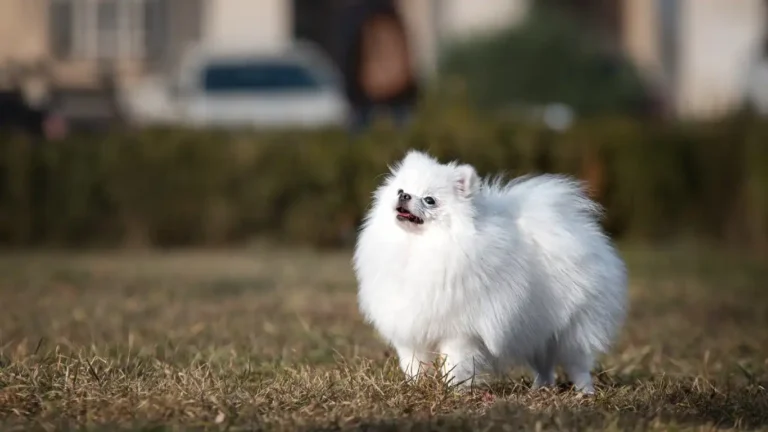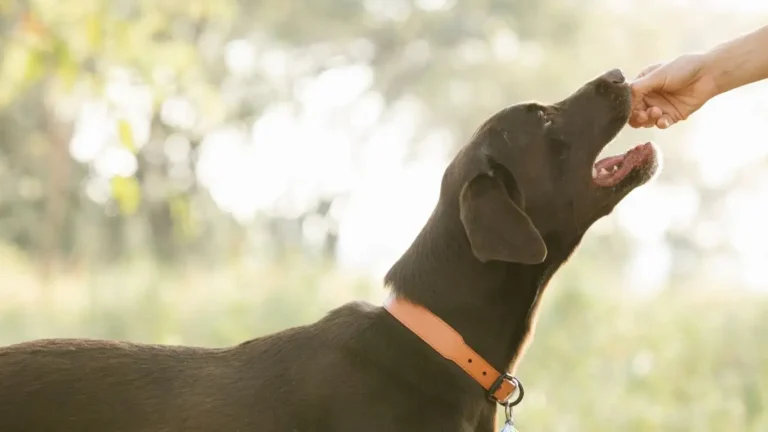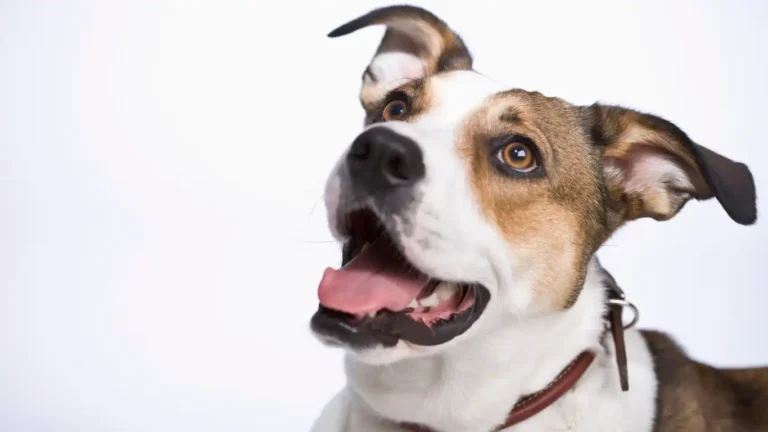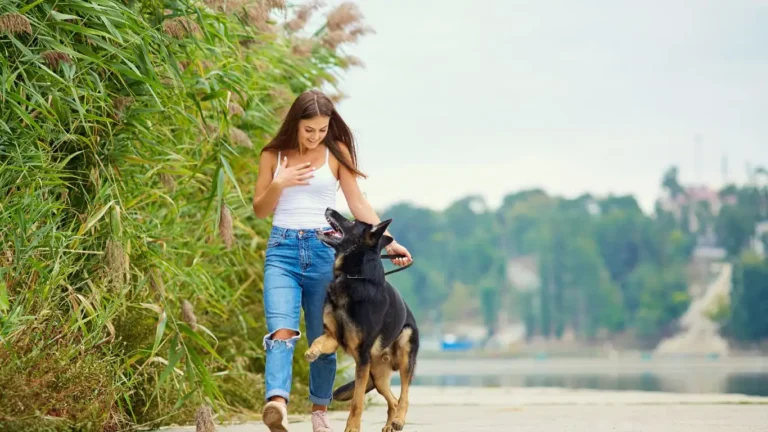Stop a Dog from Chewing Furniture – Proven Trainer Tips!
We’ve all been there—coming home to find the couch cushions in shreds or the table legs looking like they’ve been through a beaver attack. If you’re searching for how to stop a dog from chewing on furniture, you’re not alone. As a certified professional dog trainer, I’ve helped countless pet parents tackle this frustrating issue, and trust me, there’s hope! With the right approach, you can redirect your pup’s destructive chewing into something positive.
Why Do Dogs Chew on Furniture?
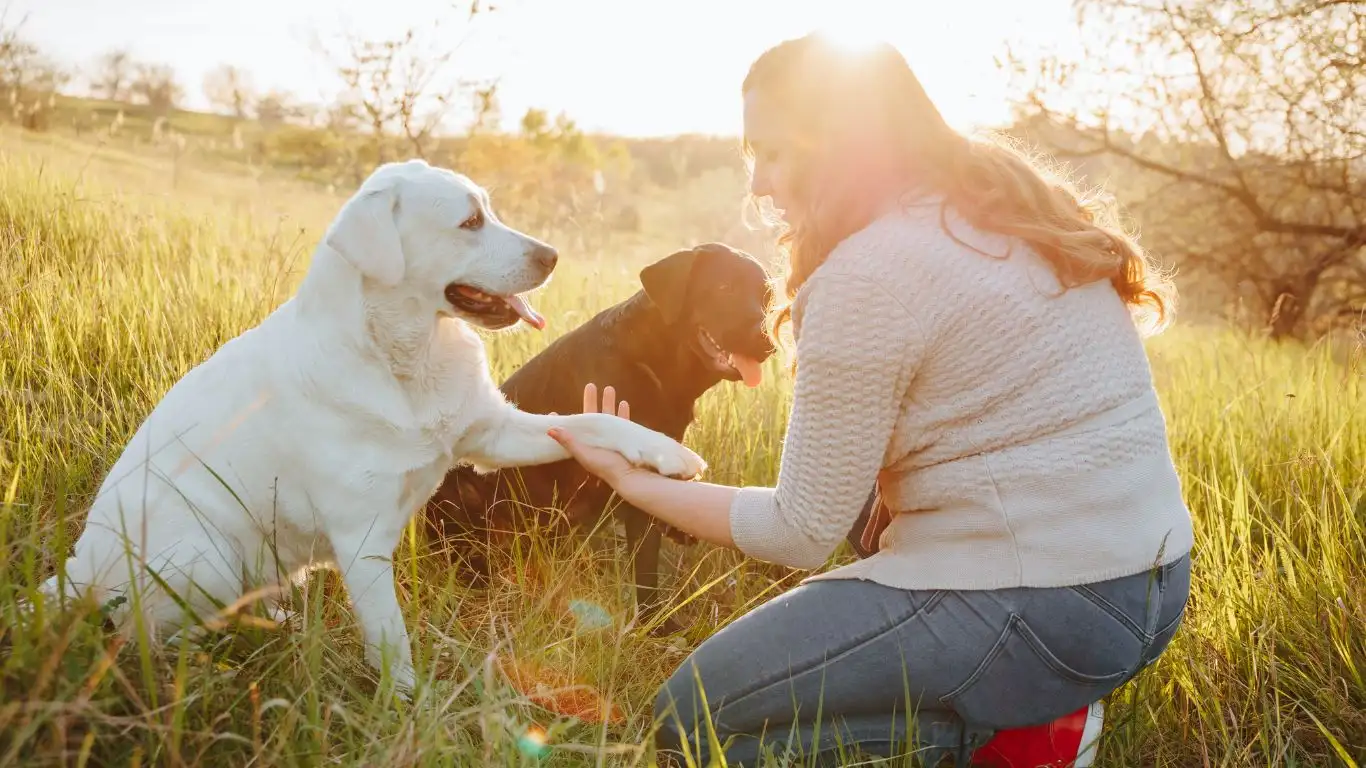
Before we dive into solutions, it’s crucial to understand why your dog is chewing in the first place. Dogs don’t destroy your furniture out of spite or revenge—they’re just being dogs. Here are some common reasons:
Teething Pain (For Puppies)
Puppies, much like human babies, experience discomfort when their teeth are coming in. Chewing helps soothe their sore gums. If you’ve ever stepped on a rogue puppy toy at 2 a.m., you know they’ll gnaw on just about anything.
Boredom and Lack of Mental Stimulation
Dogs need both physical and mental exercise. If they’re left alone with nothing to do, they’ll find their own entertainment—which often involves turning your coffee table into a chew toy.
Anxiety and Stress
Separation anxiety is a big culprit. Some dogs chew to self-soothe when they’re feeling anxious. I’ve worked with several clients whose dogs only chewed furniture when their owners were away, a clear sign of stress-related chewing.
Natural Instincts and Exploration
Chewing is a normal behavior for dogs. In the wild, they chew on bones, sticks, and other objects. Sometimes, they just don’t realize your vintage wooden chair isn’t a giant chew stick!
Pica or Nutritional Deficiencies
In some cases, excessive chewing can be linked to medical issues like pica (a condition where dogs crave and eat non-food items) or a lack of certain nutrients. If your dog seems obsessed with chewing furniture despite training and enrichment, it might be time for a vet visit.
How to Stop a Dog from Chewing on Furniture
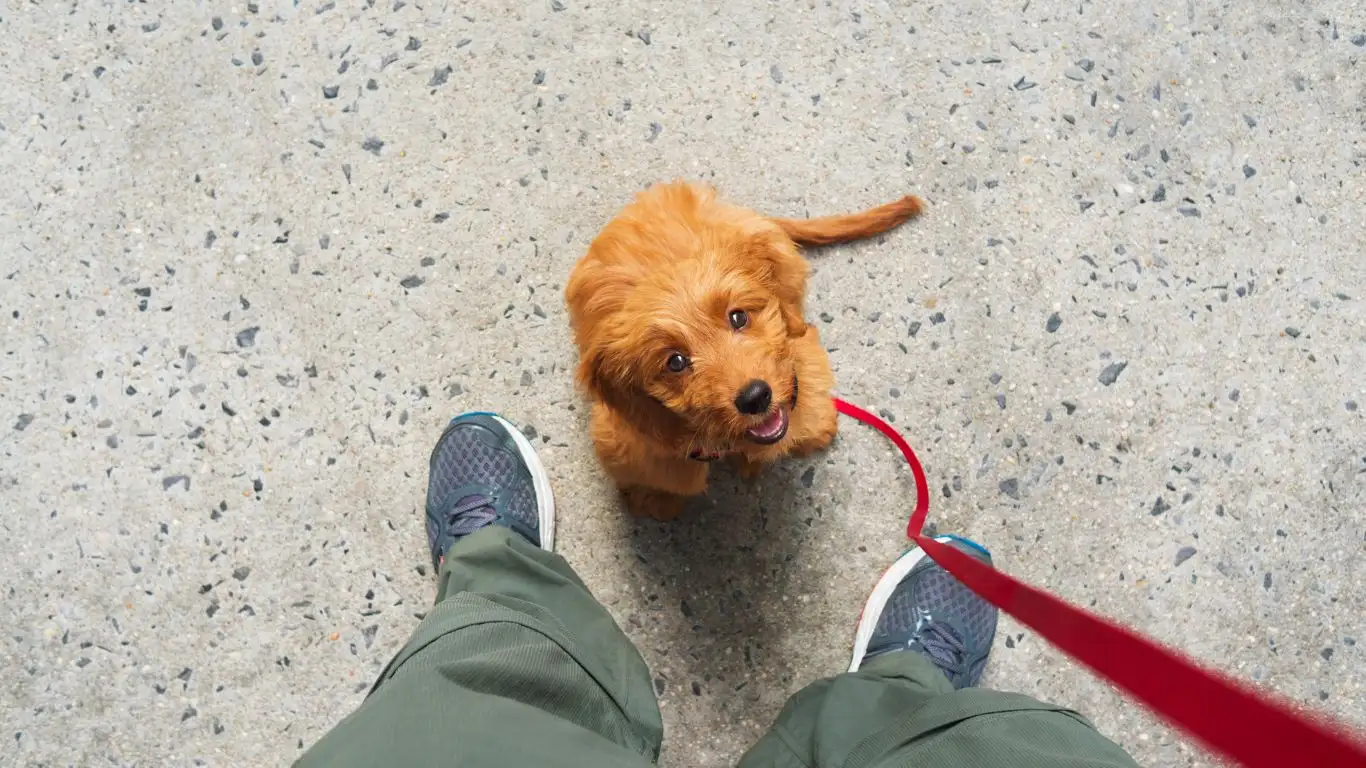
Now that we know why dogs chew, let’s talk about how to fix it! Here are some tried-and-true methods that have worked for me and my clients:
Provide Plenty of Chew-Friendly Alternatives
If you don’t want your dog chewing on furniture, you need to give them something better to chew on. Invest in a variety of dog-safe chew toys, such as:
- Rubber chew toys (like Kong toys, which can be stuffed with treats)
- Edible chews (such as bully sticks or dental chews)
- Frozen teething rings (great for puppies)
Every dog has different preferences, so try a few options and see which ones they love most.
Use Taste Deterrents
If your dog has a favorite piece of furniture to gnaw on, a bitter spray can be a lifesaver. Spraying a non-toxic deterrent like bitter apple spray on furniture can make it taste awful, discouraging further chewing.
Keep Your Dog Mentally and Physically Stimulated
A tired dog is a well-behaved dog! Make sure your pup is getting enough exercise and mental enrichment:
- Daily walks (appropriate to their energy level)
- Interactive puzzle toys (to engage their brain)
- Training sessions (which provide both mental and physical exercise)
Many of my clients have seen a huge reduction in destructive chewing simply by increasing their dog’s daily exercise.
Manage the Environment
Sometimes, prevention is the easiest solution. If your dog can’t access furniture, they can’t chew it! Try these management techniques:
- Use baby gates to block off areas with expensive furniture.
- Crate train your dog for when you’re not home.
- Keep valuable items out of reach—no more leaving shoes by the door!
Training Your Dog to Stop Chewing
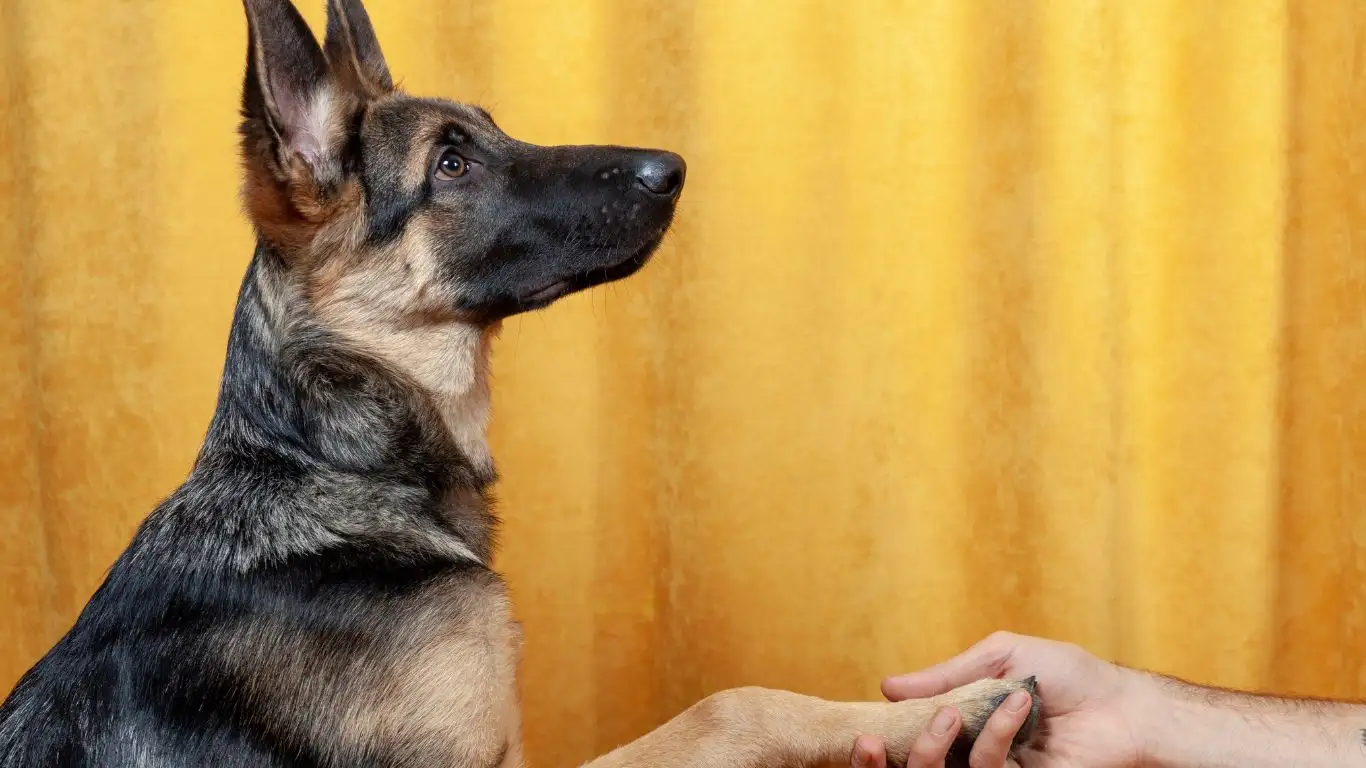
Beyond just preventing chewing, it’s important to train your dog to make better choices. Here are some essential training techniques:
Teach the “Leave It” Command
One of the most useful commands, “leave it” can teach your dog to stop chewing before they destroy something valuable.
- Hold a treat in your hand and let your dog sniff it.
- When they start to go for it, say “leave it” in a firm but calm tone.
- Wait for them to back off, then reward them with a different treat.
- Practice this often and eventually apply it to furniture chewing.
Redirect and Reward
When you catch your dog chewing on furniture, don’t yell or punish them. Instead:
- Say “no” or “uh-uh” in a calm but firm tone.
- Immediately offer them an acceptable chew toy.
- Praise and reward them when they switch to the right object.
With consistency, your dog will learn that chewing on their toys is rewarding, while chewing furniture gets them nothing.
Correcting Bad Chewing Habits in a Positive Way
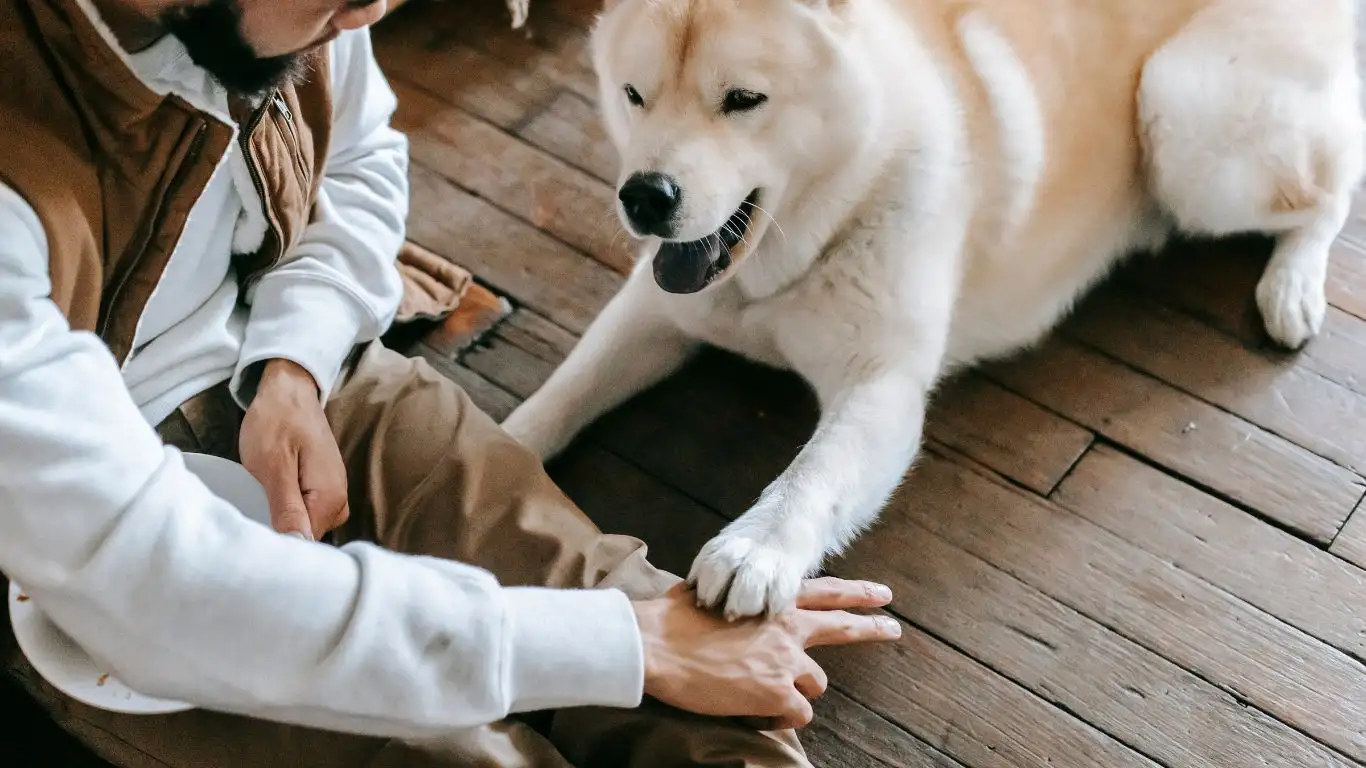
So, you’ve caught your dog in the act—mouth wrapped around the arm of your favorite chair. Your first instinct might be to scold, but let me tell you, that approach rarely works. Dogs don’t understand punishment the way humans do. Instead, we need to guide them toward better habits with positive reinforcement.
Why Punishment Doesn’t Work
Many pet owners make the mistake of yelling or punishing their dog after they find the damage. But here’s the thing—dogs live in the moment. If you come home to a shredded couch and scold them, they won’t connect the punishment with their earlier chewing spree. Instead, they may just learn to be afraid of you.
I once worked with a family whose Labrador, Max, was notorious for chewing shoes. They tried scolding him, but it only made him sneak away to do it in secret! The real breakthrough came when they started rewarding him for choosing his own toys instead.
How to Positively Correct Chewing Behavior
Instead of punishment, try these effective correction methods:
- Interrupt the behavior: If you catch your dog chewing something inappropriate, calmly say “ah-ah” or “leave it.”
- Redirect to an appropriate chew toy: Hand them a toy or bone and praise them when they take it.
- Reinforce good choices: Every time they chew on the right things, reward them with a treat, verbal praise, or playtime.
Dogs are smart—they’ll quickly learn that chewing the right items earns them rewards, while chewing furniture gets them nothing.
How to Prevent Chewing When You’re Not Home
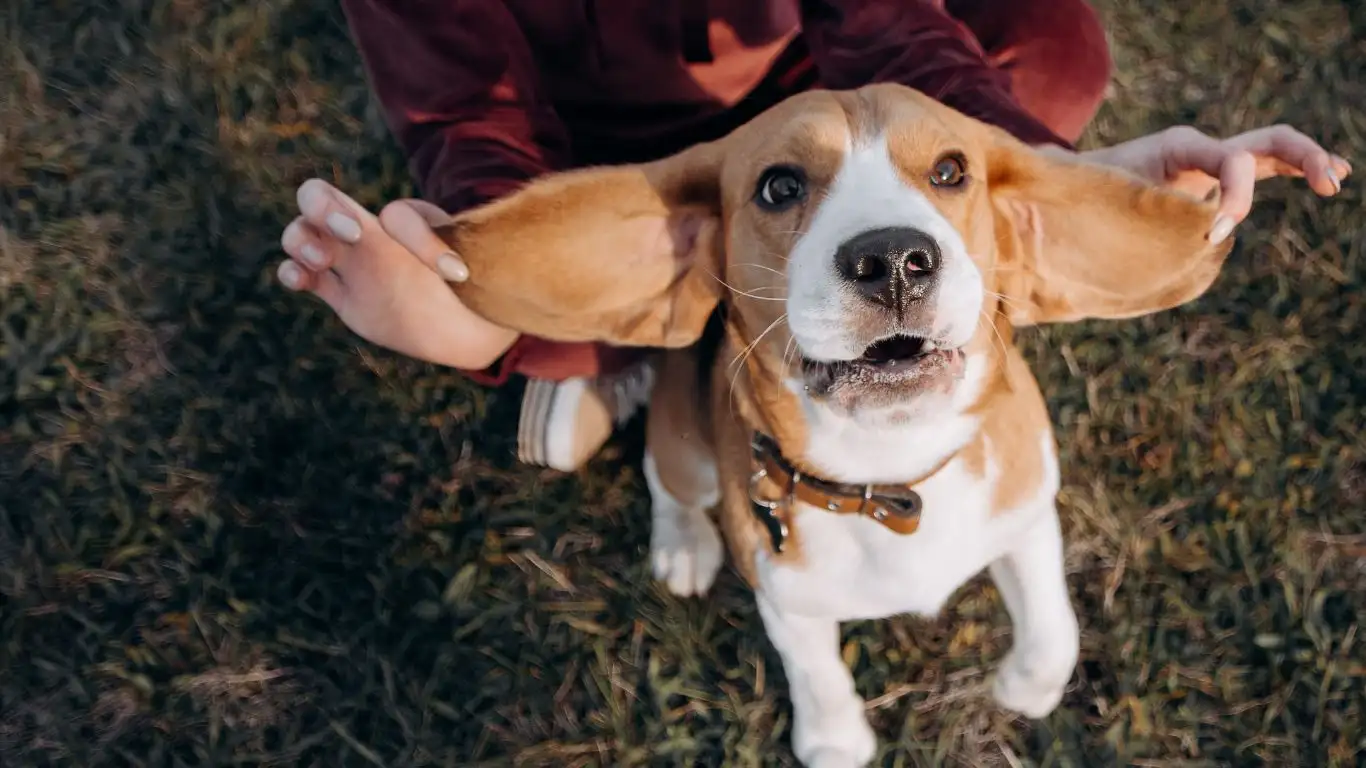
Many dogs chew when they’re left alone, often out of boredom or anxiety. If you’ve ever walked into your house to find it looking like a crime scene, you know what I mean! Here’s how to set your pup up for success while you’re away.
Use Crate Training or a Safe Space
Crates aren’t just for training—they’re also a great tool to prevent destructive chewing. If your dog is properly crate trained, they’ll see their crate as a cozy den, not a punishment.
However, if crating isn’t an option, consider setting up a safe, dog-proofed room. This could be a laundry room or a gated-off area with no furniture to chew.
Leave Interactive Toys
One of my go-to solutions for clients dealing with separation chewing is interactive toys. Try:
- Frozen stuffed Kongs: Fill a Kong with peanut butter, yogurt, or mashed banana and freeze it for a long-lasting distraction.
- Food-dispensing toys: Puzzle toys that release kibble keep dogs engaged and entertained.
- Chew-approved bones: Offer durable chews like antlers or yak chews for extended chewing sessions.
Play Calm Music or Use White Noise
Some dogs chew out of stress, so creating a soothing environment can help. Try leaving on classical music, a dog-calming playlist, or a white noise machine. It might sound silly, but I’ve had clients swear by it!
Exercise Before You Leave
A tired dog is a happy dog! Make sure your pup gets a good walk or play session before you leave. If they burn off energy, they’ll be less likely to turn your furniture into a chew toy.
When to Seek Professional Help
Sometimes, despite your best efforts, the chewing continues. If your dog’s destructive behavior is extreme, it might be time to bring in a professional.
Signs You May Need a Trainer or Behaviorist
- Chewing is excessive and destructive despite redirection.
- Your dog seems anxious, paces, or drools when left alone.
- They chew obsessively on non-food items, possibly indicating pica.
- Punishment or training methods haven’t made a difference.
As a professional trainer, I’ve worked with dogs who needed a more tailored approach to stop chewing. Sometimes, an expert eye can pinpoint underlying issues you might not have noticed.
Consulting a Veterinarian
If your dog is compulsively chewing, eating non-food items, or has sudden behavior changes, a vet visit is a good idea. Health issues like dental pain or digestive problems can contribute to chewing habits.
Case Studies & Real-Life Examples

One of the things I love most about being a professional dog trainer is seeing real success stories. Every dog is unique, and sometimes it takes a little creative problem-solving to find what works. Here are a few memorable cases of dogs who overcame their chewing habits.
Case Study 1: Bella, the Anxious Golden Retriever
Bella’s owners reached out to me in desperation. This sweet Golden Retriever had destroyed their couch, dining chairs, and even chewed a hole in the drywall. The culprit? Separation anxiety. Every time they left the house, Bella would go into a panic and take it out on the furniture.
We worked on a multi-step approach:
- Gradual desensitization to being left alone (starting with just 5-minute absences).
- Crate training, but only for short periods while she adjusted.
- Daily mental enrichment, including food puzzles and scent work.
- A frozen Kong stuffed with peanut butter every time they left the house.
After a few months of consistent training, Bella’s destructive chewing disappeared. She now happily chews on her designated toys and relaxes when her owners leave.
Case Study 2: Rocky, the High-Energy Lab Mix
Rocky was a young Labrador mix with boundless energy. His owners tried everything, but he was still chewing their furniture, baseboards, and even their shoes.
The issue? Not enough physical and mental exercise.
We introduced a new routine:
- Long morning walks before his owners went to work.
- Interactive toys like snuffle mats and treat-dispensing balls.
- Clicker training sessions to challenge his brain.
- Rotating his chew toys so they stayed exciting.
Once Rocky’s exercise and stimulation needs were met, his chewing drastically reduced. His family no longer had to hide their shoes!
Key Takeaways: What You Need to Remember
Let’s sum up the most important lessons for stopping your dog from chewing on furniture:
- Understand the cause—whether it’s teething, boredom, anxiety, or a medical issue.
- Provide appropriate chew toys so your dog has an alternative.
- Use positive reinforcement instead of punishment to redirect behavior.
- Exercise and mentally stimulate your dog to reduce destructive chewing.
- Prevent access to valuable furniture when you’re not home.
- Seek professional help if chewing becomes excessive or compulsive.
FAQs
How long does it take to stop a dog from chewing furniture?
It depends on the dog! Puppies outgrow teething in a few months, while adult dogs with behavioral chewing may take weeks or months of training. Consistency is key.
What if my dog only chews when I’m gone?
This could be a sign of separation anxiety. Try leaving calming music on, giving them a special chew toy when you leave, or working on gradual desensitization.
Are bitter sprays safe for dogs?
Yes, most commercial bitter sprays are non-toxic. However, some dogs actually like the taste! If it doesn’t work, focus on redirection and training.
Should I punish my dog for chewing?
No! Punishment doesn’t teach your dog what they should do. Instead, redirect them to an appropriate chew toy and reward good behavior.
Bonus: Additional Resources & DIY Tips
Here are a few extra tricks to make your furniture less appealing:
- DIY Bitter Spray: Mix apple cider vinegar and water and lightly spray it on furniture.
- Furniture Covers: Temporary covers can deter chewing and protect surfaces.
- Frozen Carrots: A great, natural chew option for teething puppies.
Appendix
Recommended Resources
Disclaimer
The information in this article is for educational purposes only and is not a substitute for professional veterinary or training advice.
Call to Action
Have you successfully stopped your dog from chewing on furniture? Share your experience in the comments below! And if you need personalized training help, feel free to reach out—I’d love to help you and your pup build a happier, chew-free home.


